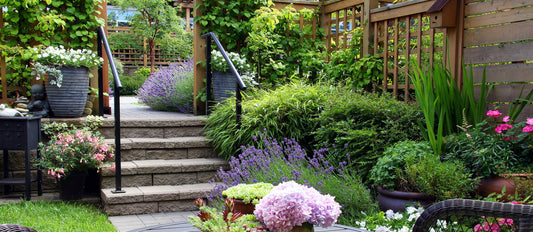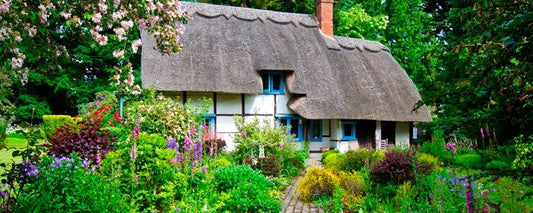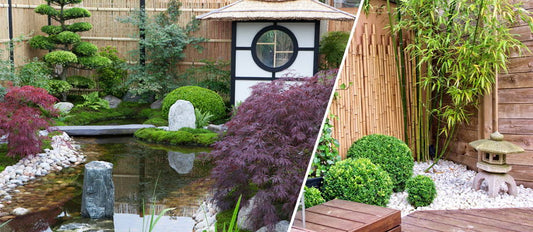Tip 1: A reasonably sized pond starts with a plan. Which boggy and waterplants do you want to use?
Tip 2: Good water oxygen plants will bring balance in your pond. It is best to use tap or rainwater. When you fill your pond for the first time you should always add a few buckets of pond water. The micro-organisms will bring life to your pond. (Make sure there is no duckweed in this water!). Every pond needs oxygen plants. The best ones are Hornwort and waterweed. Even in low temperatures they will produce oxygen. The higher the temperature, the more oxygen they produce.
Tip 3: The first few years your pond will need extra nutrients. These can be bought in special tablets. Stick these in your pond and they will slowly release the right amount of nutrients, even in low temperatures. After 3 or 4 years the pond can manage by itself and you do not need to add any more tablets.
Tip 4: Before you put in your plants re-pot them in a larger basket so they can expand and grow.
Tip 5: Water lilies need lots of space, lots of sun and special potting compost.
Tip 6: Water lilies are sold in the pots they were grown in. These pots are too small for the lily to grow bigger. Therefore it is essential to buy a water basket with it. There are different types with small or large holes in the side. Also purchase a bag of water lily compost, although you could also mix this yourself. Use 50% clay, 25% river sand and 25% turf, or, according to a specialist: 40% blue clay, 40% potting compost and 20% course river sand. For every 10 litres of compost, add 1 spoon full of powdered charcoal.
Tip 7: Fill the basket. If the holes are too large you can line the basket with sackcloth or with a special pond basket liner. Now you can fill the basket with special soil and remove the lily from the pot. Do not pull the lily, but cut the pot using scissors if you have to.
Tip 8: If your pond water turns turbid in bad weather, do not despair. Nature will take its course and resolve the problem. Just be patient. You should, however, remove excess algae. You can use anti-algae products but use them sparsely.
Tip 9: You could add some fish, but Carp in particular tend to uproot the plants you put in. Fish are very useful as they feed on mosquito larvae. Goldfish and Sibinisk are small fish that will not harm your pond plants in any way. Keep them safe from hungry herons by building them a little shelter from an up-turned plant pot on two bricks in the bottom of the pond.
Tip 10: Salamanders and frogs. These useful creatures will turn up all by them selves. If you can't wait you can remove some frogspawn from a nearby friend's pond and breed your own.




